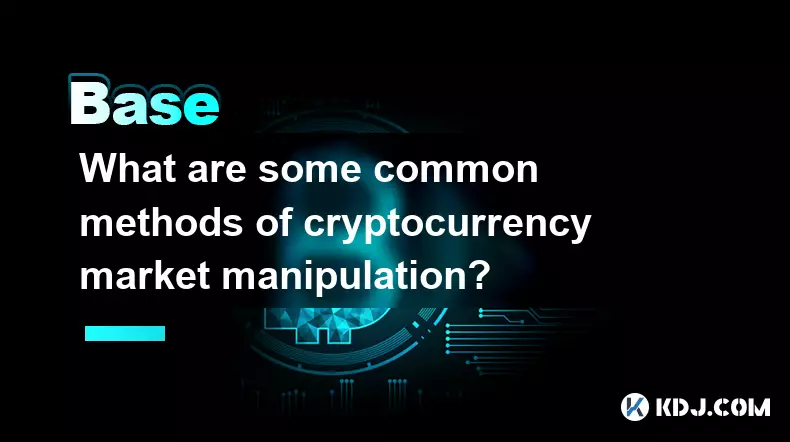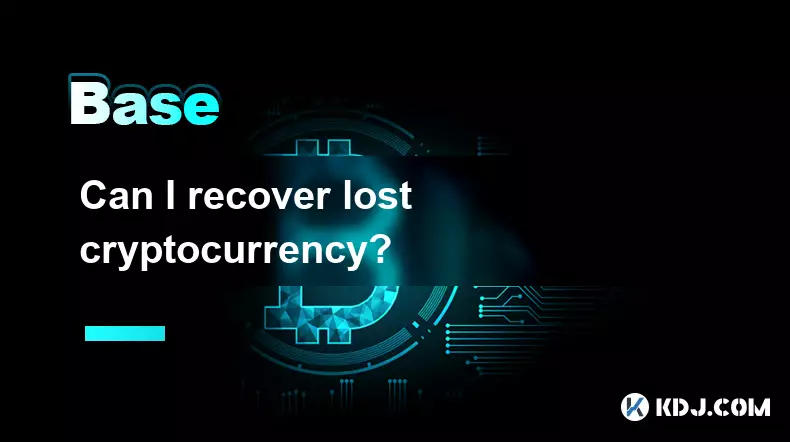-
 bitcoin
bitcoin $114320.977035 USD
-0.40% -
 ethereum
ethereum $4152.439985 USD
-1.75% -
 tether
tether $1.000111 USD
-0.04% -
 xrp
xrp $2.843037 USD
-1.63% -
 bnb
bnb $1013.349380 USD
-1.62% -
 solana
solana $208.362767 USD
-2.10% -
 usd-coin
usd-coin $0.999783 USD
0.00% -
 dogecoin
dogecoin $0.232559 USD
-1.00% -
 tron
tron $0.333491 USD
-1.09% -
 cardano
cardano $0.806310 USD
0.19% -
 hyperliquid
hyperliquid $45.023720 USD
-1.59% -
 ethena-usde
ethena-usde $1.000819 USD
-0.06% -
 chainlink
chainlink $21.241249 USD
-2.11% -
 avalanche
avalanche $30.035416 USD
-0.66% -
 stellar
stellar $0.364984 USD
-2.05%
How to evaluate a project's community activity?
A strong crypto community drives adoption, resilience, and innovation, but quality engagement matters more than size—sustained participation, transparency, and technical contribution signal long-term potential.
Sep 22, 2025 at 03:20 am

Understanding the Role of Community in Crypto Projects
1. A project's community serves as its backbone, influencing adoption, resilience during market downturns, and long-term sustainability. Strong communities often act as organic marketing engines, spreading awareness through social channels and peer networks. Their enthusiasm can attract new investors and developers, creating a self-reinforcing cycle of growth.
2. Active participation in discussions indicates genuine interest rather than passive observation. Communities that debate technical upgrades, governance proposals, or roadmap milestones demonstrate deeper engagement. This kind of interaction often reflects confidence in the project’s direction and leadership.
3. The sentiment within the community matters significantly. While hype can inflate short-term interest, sustained constructive dialogue—especially during price volatility—reveals maturity. Projects with communities that remain supportive during bear markets tend to recover faster when conditions improve.
4. Transparency from the development team fosters trust. When teams regularly update their community through AMAs (Ask Me Anything sessions), live streams, or detailed progress reports, it encourages reciprocal involvement. Members feel valued and are more likely to contribute ideas or report issues.
5. Community-driven initiatives such as educational content creation, translation efforts, or local meetups show ownership beyond financial incentives. These actions indicate a belief in the project’s mission and increase its global reach organically.
Key Metrics for Measuring Community Engagement
1. Social media metrics like follower count, post frequency, and average engagement rate (likes, shares, comments) offer quantifiable insights. High follower numbers mean little if posts receive minimal interaction. Consistent, meaningful conversations suggest real traction.
2. Discord and Telegram group activity should be monitored for message volume, user retention, and moderation quality. Channels filled with spam or dominated by bots signal weak oversight. Healthy servers have dedicated sections for support, development, and off-topic discussion, each seeing regular use.
3. GitHub repositories provide technical insight into community contributions. Frequent pull requests, issue reporting, and code reviews by non-core developers reflect an open and collaborative environment. Stagnant repositories may indicate waning developer interest.
4. On-chain activity linked to community wallets or decentralized governance platforms reveals practical involvement. Voting turnout in DAO proposals, for example, shows whether token holders actively shape decisions or remain disengaged.
5. Events such as hackathons, bounty programs, or NFT minting campaigns generate spikes in engagement. Tracking participation rates and follow-up activity after these events helps determine whether they lead to lasting involvement or temporary buzz.
Red Flags in Community Dynamics
1. Overreliance on paid promotions or bot-generated activity is a major warning sign. If most interactions come from accounts with no profile history or repetitive messaging patterns, authenticity is compromised. Tools that analyze social account behavior can help detect such manipulation.
2. Censorship of criticism or rapid removal of negative comments suggests poor transparency. Open forums where concerns are addressed constructively build credibility. Projects that silence dissent risk alienating thoughtful participants and harbor unresolved issues.
3. Leadership figures who avoid direct communication or delegate all outreach to junior staff raise doubts about commitment. Founders actively engaging with users—even to deliver difficult news—demonstrate accountability and strengthen trust.
4. Sudden surges in community size without corresponding increases in utility or product development warrant scrutiny. Organic growth typically aligns with milestones like mainnet launches or exchange listings, not unexplained viral trends.
5. Inconsistent messaging across platforms confuses members and weakens cohesion. Official announcements should be synchronized across Twitter, Discord, and documentation sites to prevent misinformation and maintain professionalism.
Frequently Asked Questions
What tools can I use to analyze crypto community sentiment?Platforms like LunarCrush and Santiment aggregate social data to measure engagement and emotional tone across networks. They track mentions, influence scores, and behavioral trends, offering dashboards that visualize community health over time.
How do I distinguish between genuine contributors and passive followers?Look at the nature of contributions—users who ask technical questions, submit bug reports, or create tutorials are more invested than those merely reacting to updates. Wallet activity tied to governance voting or staking also indicates active participation.
Is a large community always beneficial for a crypto project?Not necessarily. Size alone doesn’t guarantee value. A smaller, highly skilled, and technically literate community can drive innovation more effectively than a massive but disengaged one. Focus should be on quality of interaction, not just quantity.
Can community activity predict a project’s long-term success?While strong communities enhance survivability, they cannot compensate for flawed technology or unsustainable economics. Community strength must align with solid fundamentals—code quality, clear use cases, and sound tokenomics—to ensure enduring relevance.
Disclaimer:info@kdj.com
The information provided is not trading advice. kdj.com does not assume any responsibility for any investments made based on the information provided in this article. Cryptocurrencies are highly volatile and it is highly recommended that you invest with caution after thorough research!
If you believe that the content used on this website infringes your copyright, please contact us immediately (info@kdj.com) and we will delete it promptly.
- BlockDAG, DOGE, HYPE Sponsorship: Crypto Trends Shaping 2025
- 2025-10-01 00:25:13
- Deutsche Börse and Circle: A StableCoin Adoption Powerhouse in Europe
- 2025-10-01 00:25:13
- BlockDAG's Presale Buzz: Is It the Crypto to Watch in October 2025?
- 2025-10-01 00:30:13
- Bitcoin, Crypto, and IQ: When Genius Meets Digital Gold?
- 2025-10-01 00:30:13
- Stablecoins, American Innovation, and Wallet Tokens: The Next Frontier
- 2025-10-01 00:35:12
- NBU, Coins, and Crypto in Ukraine: A New Yorker's Take
- 2025-10-01 00:45:14
Related knowledge

How does cryptocurrency achieve decentralization?
Sep 30,2025 at 04:37am
Understanding the Foundation of Decentralization in Cryptocurrency1. Cryptocurrency achieves decentralization primarily through the use of blockchain ...

What are some common methods of cryptocurrency market manipulation?
Sep 27,2025 at 02:55am
Wash Trading and Its Impact on Market Perception1. Wash trading involves an individual or entity simultaneously buying and selling the same cryptocurr...

How do I read a cryptocurrency whitepaper?
Sep 27,2025 at 05:54am
Understanding the Structure of a Cryptocurrency Whitepaper1. Begin by identifying the executive summary, which outlines the project’s core vision and ...

Can I recover lost cryptocurrency?
Sep 25,2025 at 08:18am
Understanding the Nature of Cryptocurrency Loss1. Cryptocurrency operates on decentralized networks, meaning there is no central authority to reverse ...

How do I choose a cryptocurrency investment strategy?
Sep 27,2025 at 03:55pm
Understanding Risk Tolerance in Crypto Investing1. Assessing personal risk tolerance is a foundational step when entering the cryptocurrency market. V...

How can I earn passive income from cryptocurrency?
Sep 23,2025 at 10:18am
Staking Cryptocurrencies for Regular Returns1. Many blockchain networks operate on a proof-of-stake (PoS) consensus mechanism, allowing users to earn ...

How does cryptocurrency achieve decentralization?
Sep 30,2025 at 04:37am
Understanding the Foundation of Decentralization in Cryptocurrency1. Cryptocurrency achieves decentralization primarily through the use of blockchain ...

What are some common methods of cryptocurrency market manipulation?
Sep 27,2025 at 02:55am
Wash Trading and Its Impact on Market Perception1. Wash trading involves an individual or entity simultaneously buying and selling the same cryptocurr...

How do I read a cryptocurrency whitepaper?
Sep 27,2025 at 05:54am
Understanding the Structure of a Cryptocurrency Whitepaper1. Begin by identifying the executive summary, which outlines the project’s core vision and ...

Can I recover lost cryptocurrency?
Sep 25,2025 at 08:18am
Understanding the Nature of Cryptocurrency Loss1. Cryptocurrency operates on decentralized networks, meaning there is no central authority to reverse ...

How do I choose a cryptocurrency investment strategy?
Sep 27,2025 at 03:55pm
Understanding Risk Tolerance in Crypto Investing1. Assessing personal risk tolerance is a foundational step when entering the cryptocurrency market. V...

How can I earn passive income from cryptocurrency?
Sep 23,2025 at 10:18am
Staking Cryptocurrencies for Regular Returns1. Many blockchain networks operate on a proof-of-stake (PoS) consensus mechanism, allowing users to earn ...
See all articles










































































